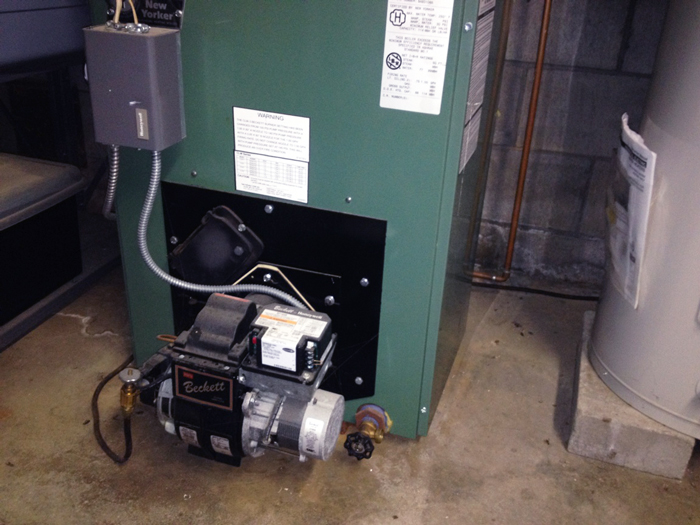Advantages of two-stage oil furnace:

Improved efficiency. They can run at lower capacity when less heat is needed, which uses less fuel for more even temperature control. They only run at full capacity when maximum heat is required. This allows for tighter control of the indoor environment and can improve efficiency by 10-15% vs. a single-stage furnace.
• More even heating.
The lower stage burner in a two-stage furnace runs continuously at a lower capacity, providing steady, even heat at a consistent temperature. The higher stage only kicks in fully when extra heat is needed, resulting in less fluctuation. This provides a more comfortable environment.
• Better load management.
A two-stage furnace can more precisely match the heat output to the heating demand. It runs the lower stage to meet basic needs and only uses the higher stage when the full capacity is required, such as when the furnace first turns on or during severe cold spells. This optimizes performance based on actual heating load rather than output at full capacity constantly.
• Reduced cycling.
Two-stage furnaces cycle less frequently between on and off states compared to a single-stage furnace. The lower stage provides steady heating, only requiring the higher stage to cycle on and off as needed to maintain the set temperature. This can help reduce wear and tear on internal furnace parts and improve comfort.
• Improved humidity control.
The more even and consistent heat from a two-stage furnace helps provide tighter control of the indoor humidity levels. There is less fluctuation in temperature which translates to less swinging of humidity. Proper humidity support leads to greater comfort and less stress on HVAC system parts.
• Quieter operation.
Two-stage furnaces typically run the lower-capacity stage at a steadier, quieter level and only kick the higher-capacity stage on when fully needed. This can make for an overall quieter, less noisy heating experience, especially at lower loads. Single-stage furnaces usually run at full capacity all the time, resulting in a noisier operation.
• Longer part lifespan.
Reduced cycling, load swings and maximum run times can help prolong the life of parts like the heat exchanger, burners, inducer/blower, etc. With steadier, optimized operation balanced to demand, two-stage furnace components see less frequent full-load stresses which leads to a longer, more durable lifespan.

